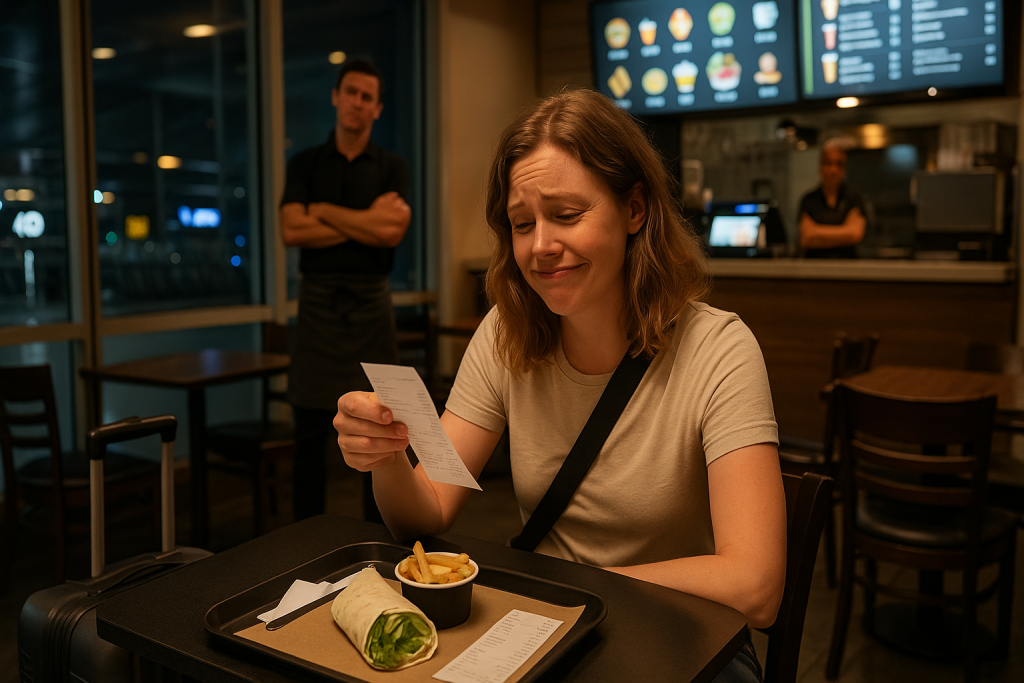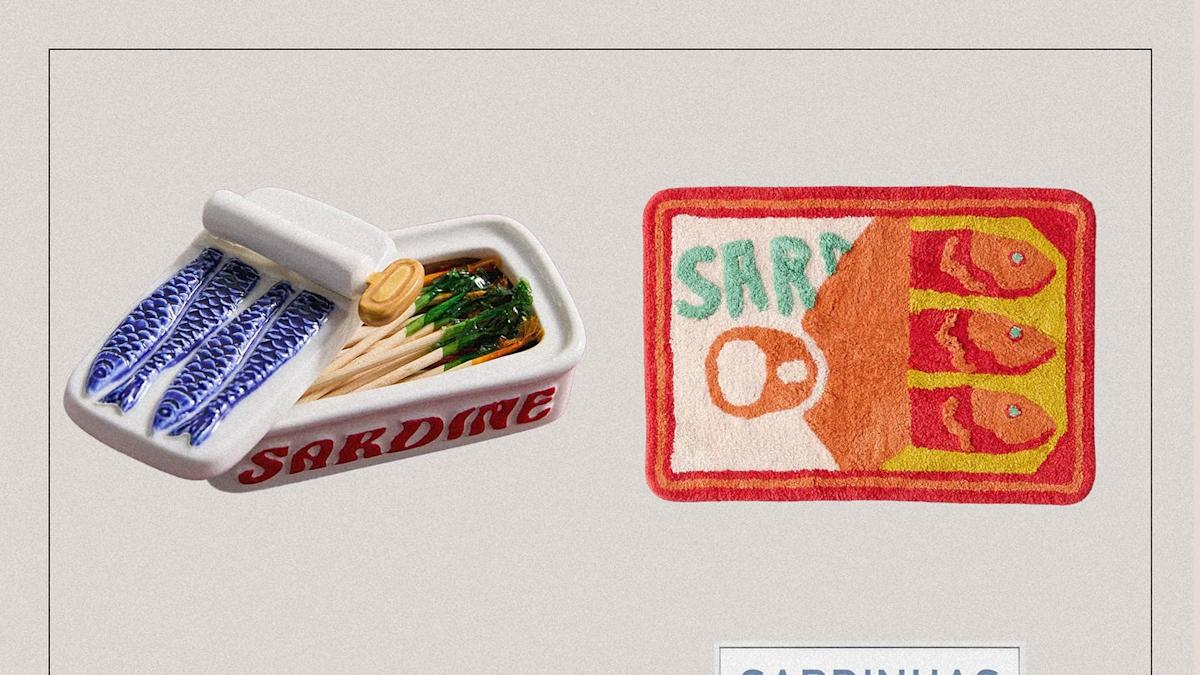Labubu Fever Sweeps Barcelona: Cult Collectible Brand Expands with Landmark Second Store

Barcelona is buzzing with excitement as adorable little monster dolls become the city's latest must-have collectible. Fans are lining up in droves, eagerly waiting to get their hands on these charming figurines at official retailers. The craze has swept through the Catalan capital, with crowds stretching around street corners and passionate collectors showing remarkable enthusiasm for these irresistible dolls. The popularity has reached fever pitch, transforming these tiny creatures into an unexpected cultural phenomenon that's capturing the hearts of both locals and tourists alike.








